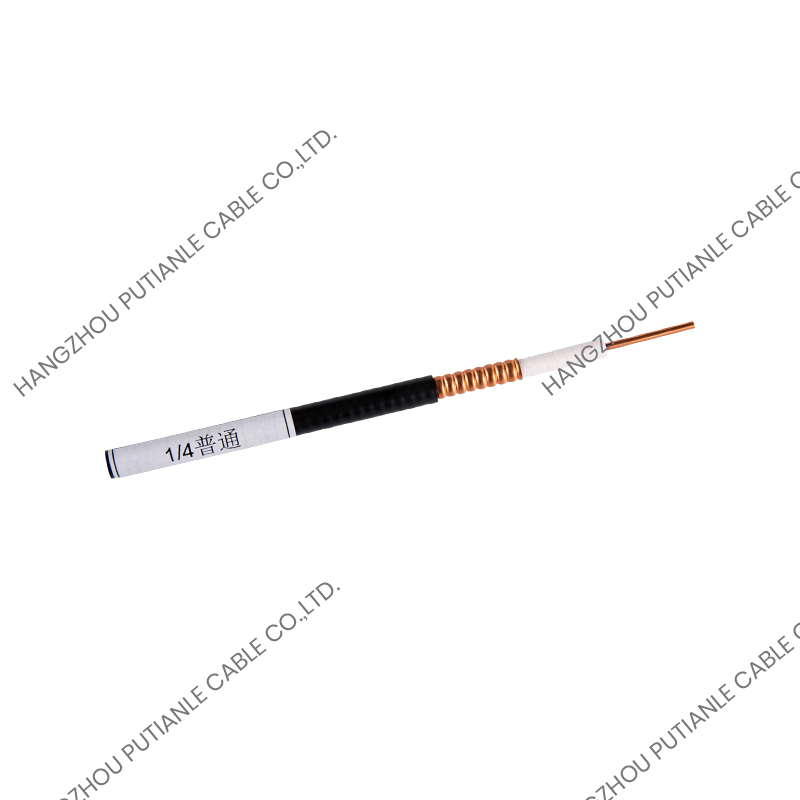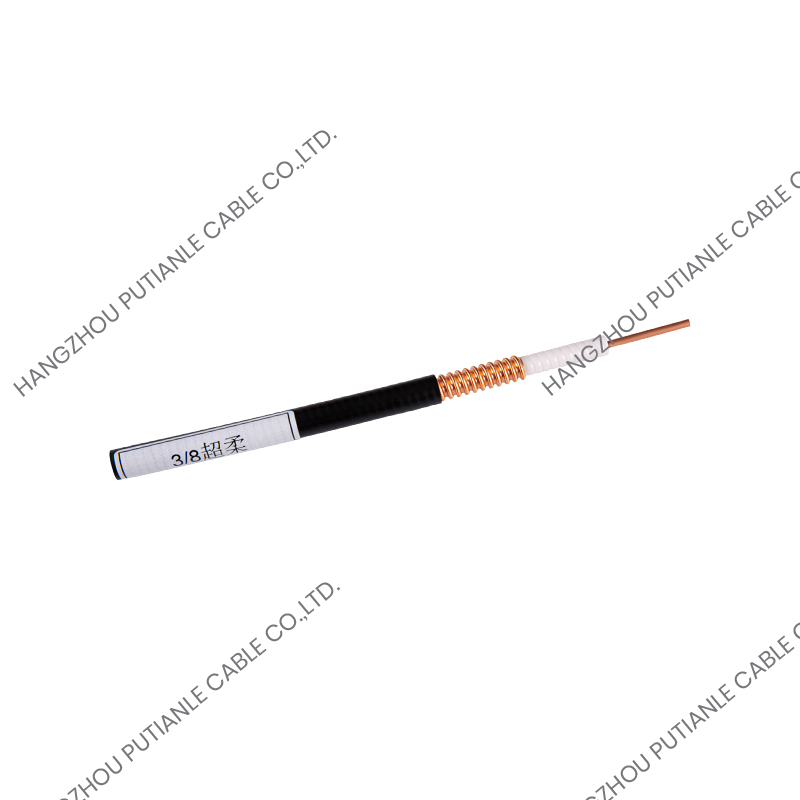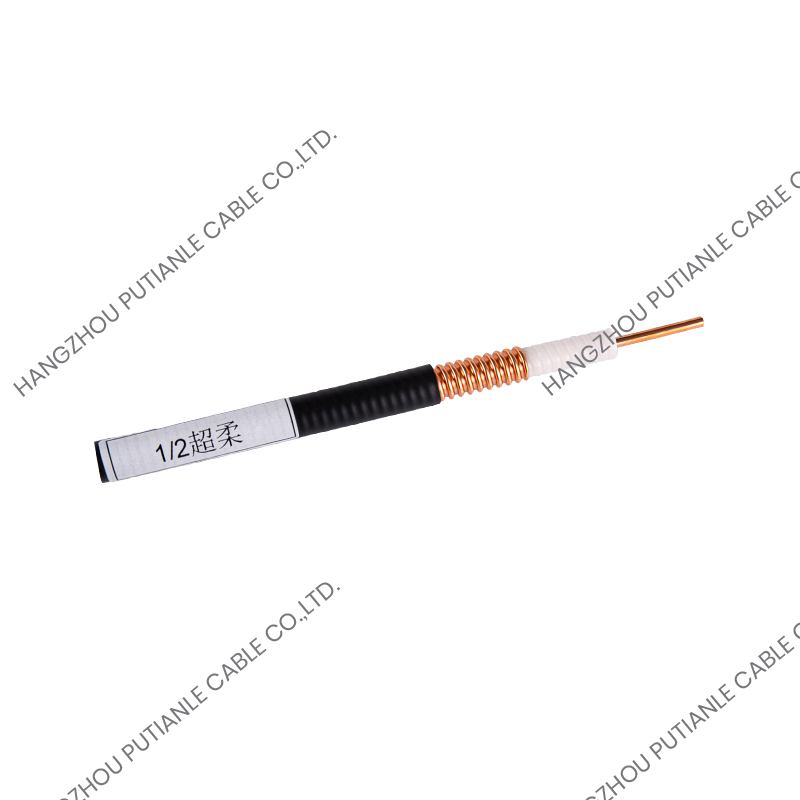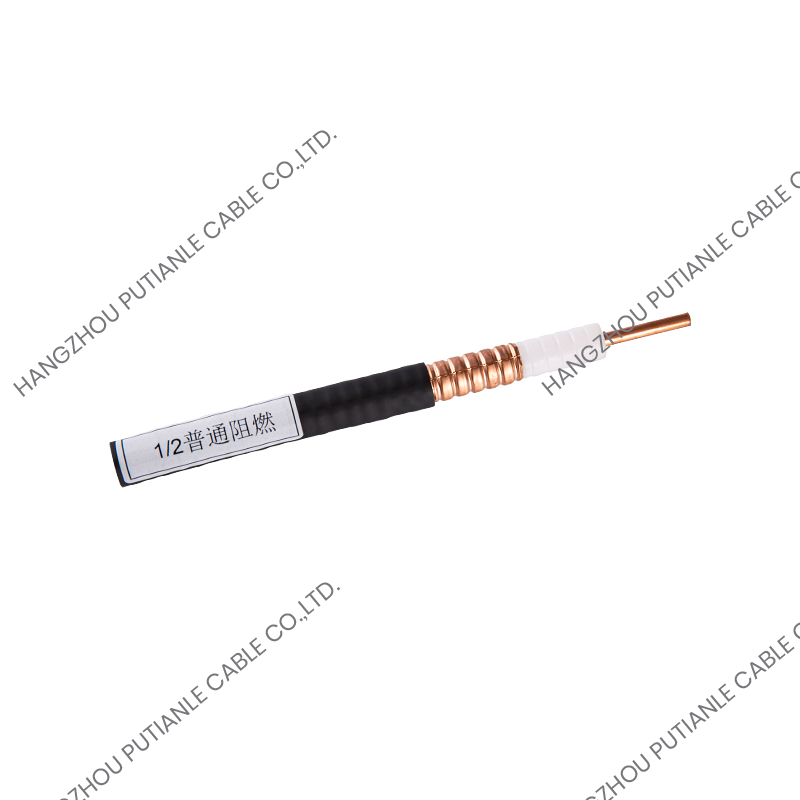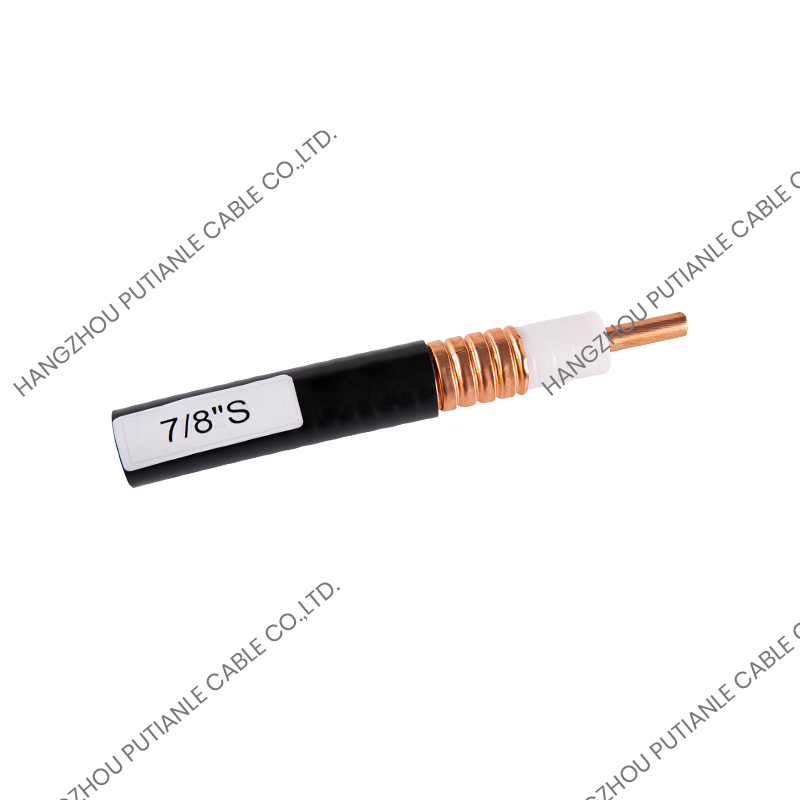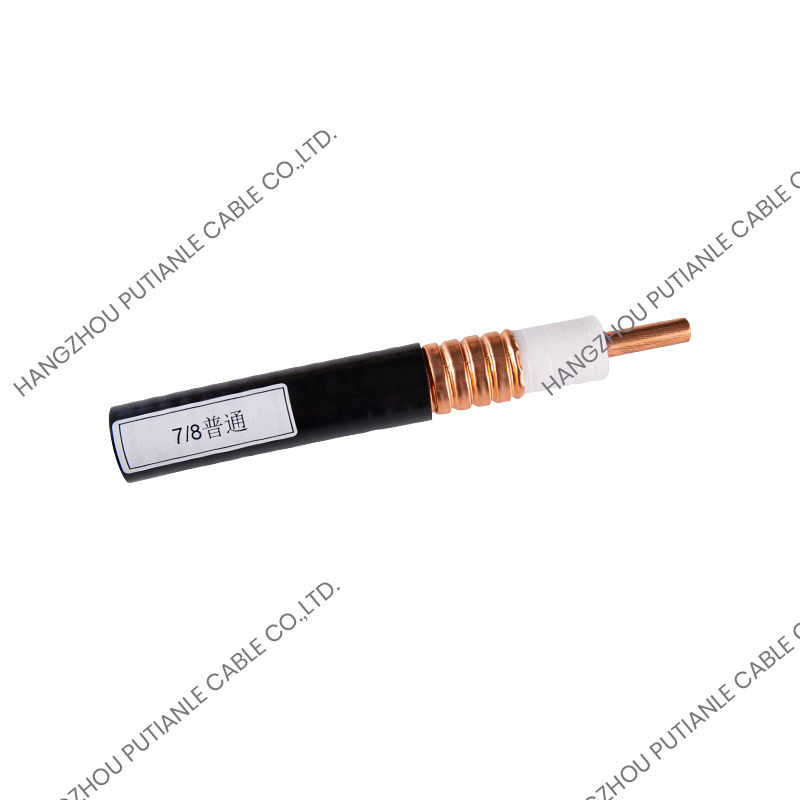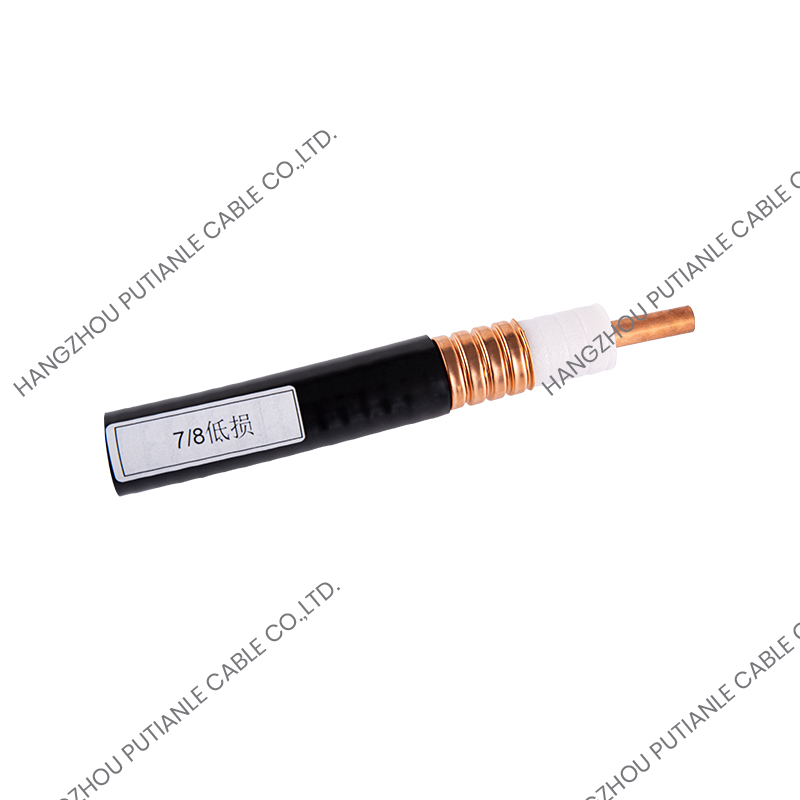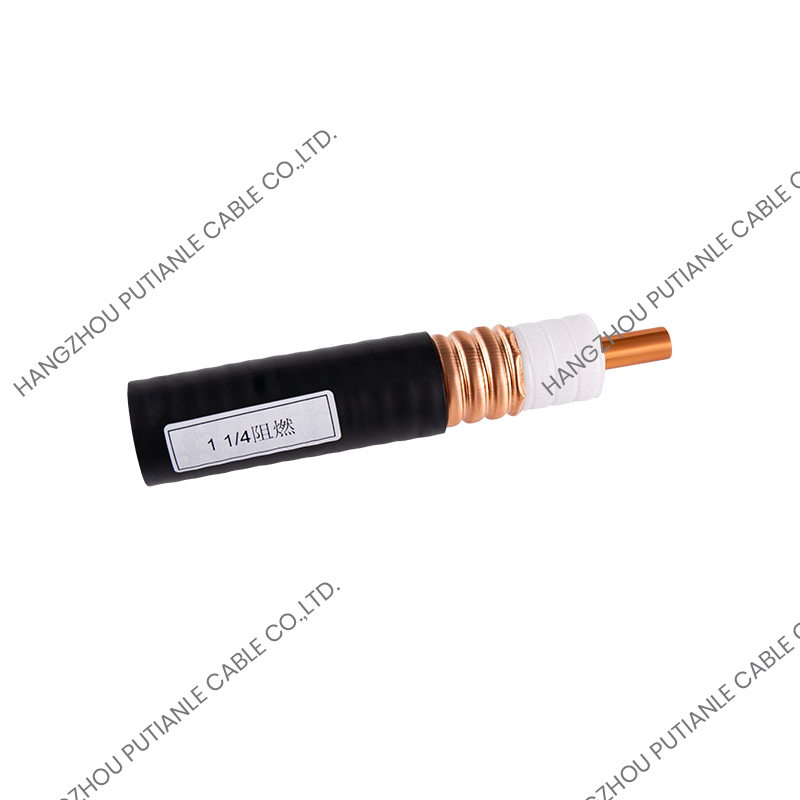In order to evaluate the flame retardancy of cables, the International Electrotechnical Commission (IEC) has developed three standards, IEC 60332-1, IEC 60332-2, and IEC 60332-3.
IECC60332-1 and IEC60332-2 are used to evaluate the flame retardancy of a single cable when it is placed at an angle or vertically (corresponding to GB12666.3 and GB12666.4 standards in China).
IEC 60332-3 (GB12666.5-90 in China) is used to assess the flame retardancy of bundled cables when burning vertically, which is a much higher requirement when burning vertically.
IEC 60332-1/BS 4066-1 Flame retardant class (vertical burning test for single wires or cables)
This is a standard for the flame resistance of single cables. The test stipulates that a 60cm long specimen is fixed vertically in a metal box opened by the front wall, and a propane burner with a flame length of 175mm is placed in contact with the cable at an angle of 45 degrees from the upper fixed end of the specimen at a position of 450mm.
IEC 60332-3/BS 4066-3 Flame retardant grade (vertical burning test for bundled wires or cables)
This is the standard for flame resistance of bundled cables. The test specifies that a 3.5m long bundle of cable specimens is fixed to a trapezoidal test frame with the number of specimens determined by the amount of non-metallic material required for each classification. The specimens are hung vertically on the back wall of the combustion furnace and air is introduced into the furnace through the air inlet on the base plate. IEC 60332 is divided into Class A, Class B, Class C, and Class D to assess the flame retardant properties.
The bundle burning is distinguished by ZA, ZB, ZC, and ZD because there are flame-retardant category A, flame-retardant category B, flame-retardant category C, and flame-retardant category D. Flame retardant category D is a new IEC proposal for wire and cable with an external diameter of 12mm and below.
As ordinary wire and cable burning will release a lot of harmful gases, therefore, in recent years, flame retardant fire-resistant cables have been widely used, smokeless and halogen-free, low smoke and low halogen products used by various industries, accounting for an increasing proportion, many cable companies in China to develop and produce flame retardant fire-resistant cables, and exported to foreign countries.
The international standards on flame retardant cables or materials have been fully updated, and the international standards on flame retardant cables are divided into two major systems. One is the European system (including IEC, ISO, BS, and other standards), and the second is the United States system (including UL, ASTM, AEIC, and other standards), the biggest difference between the two systems is the vertical burning test of the bundle of cables, China's national standards for wire and cable flame retardant fire resistance have been equivalent to the use of IEC (International Electrotechnical Commission) standards, Europe does not allow the laying of cables in the ventilation duct, but this is allowed in the USA.
UL1666 simulates the burning conditions of multiple cables laid vertically in ventilation shafts, putting forward higher requirements for the flame-retardant performance of cables, in addition to UL910, which involves burning tests in horizontal tunnels, which are not available in European standards. The United States is the largest wire and cable market, and now many domestic enterprises have received tenders from the US side, requesting UL standards for the production of their products.
China's national standards for wire and cable fire resistance have been equivalent to the use of IEC (International Electrotechnical Commission) standards, such as GB/T 18380-2001 "cable burning test under flame conditions" equivalent to the use of IEC 60332-3: 1992; GB / T19216-2003 "wire and cable fire resistance characteristics test methods") equivalent to the use of IEC60331-21: 1999; GB/T17651 - 1998 "cable into Determination of smoke density of optical fibre cables burning under specific conditions" is equivalent to IEC 61034:1997. The new standard IEC 60332-3:2000 "Testing of cables under flame conditions" has now been issued in accordance with IEC 60332-3:1992 and is being implemented in European countries. IEC 60332-3:2000 "Testing of cables under flame conditions".
UL Flame Retardant Standard
UL Flame Retardant Standard Any cable listed by UL that has been tested and verified to meet a certain fire rating may be stamped with the UL identification, fire rating, and approval number.
The test provides for multiple specimens to be laid in the horizontal duct of the installation and burned for 20 minutes with an 87.9KW gas Bunsen burner (300,000 BTU/Hr). The passing standard was that the flame should not extend beyond 5 feet from the front of the gas bunsen burner flame. This CMP cable is typically installed in air return pressurization systems used in ventilation ducts or air handling equipment and is approved for use in Canada and the USA. FEP/PLENUM materials conforming to UL 910 have better flame retardancy and lower smoke concentration on burning than low smoke and halogen-free materials conforming to IEC 60332-1 and IEC 60332-3.
Trunking Class - CMR Class (Upright Burning Test) This is a UL standard for commercial-grade cables and the applicable safety standard is UL1666. The test provides for multiple specimens to be laid on a simulated upright shaft with a specified 154.5KW gas Bunsen burner (527, 500 BTU/Hr) for 30 minutes. The passing standard was that the flame must not spread to the upper part of the room at a height of 12 feet. Trunking-grade cables have no smoke concentration specification and are generally used for vertical and horizontal floor wiring use.
Commercial Grade - Class CM (Vertical Burning Test) This is a UL standard for commercial-grade cable and the applicable safety standard is UL1581. The test requires multiple specimens to be laid on a vertical 8ft high stand and burned for 20 minutes with a specified 20kW strip torch (70,000 BTU/Hr). UL1581 is similar to IEC 60332-3C, except that the number of cables laid differs. Commercial-grade cables have no smoke concentration specification and should generally only be used for horizontal alignments on the same floor and not for vertical cabling on the floor.
General Purpose - CMG (Vertical Combustion Test) This is a UL standard for general-purpose cables and the applicable safety standard is UL1581. General-purpose cables do not have smoke concentration specifications and should generally only be used for horizontal wiring on the same floor, not for vertical wiring on the floor.
Home Class - CMX Class (Vertical Burning Test) This is a UL standard for home class cables, and the applicable safety standard is UL1581, VW-1. The test requires the specimen to be kept vertical and burned with a test torch (30,000 TU/Hr) for 15 seconds, then stopped for 15 seconds and repeated 5 times. UL1581-VW-1 is similar to IEC 60332-1, except that the burn time is different. This class also has no smoke or toxicity specifications and is only used in domestic or small office systems where a single cable is laid. This type of cable should not be used in bundles and must be sleeved. Smoke density, halogen content and toxicity rating.
Translated with www.DeepL.com/Translator (free version)


 中文简体
中文简体 English
English Español
Español

